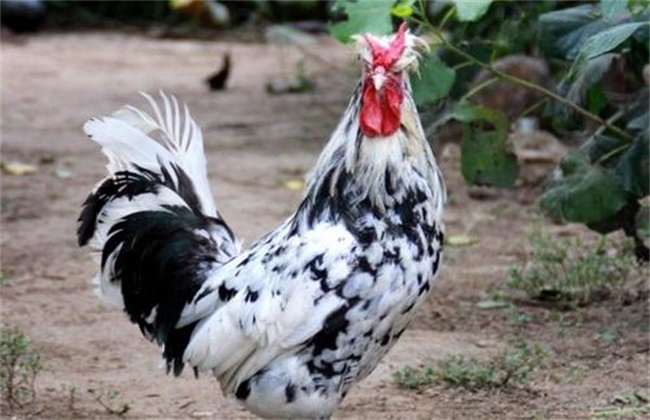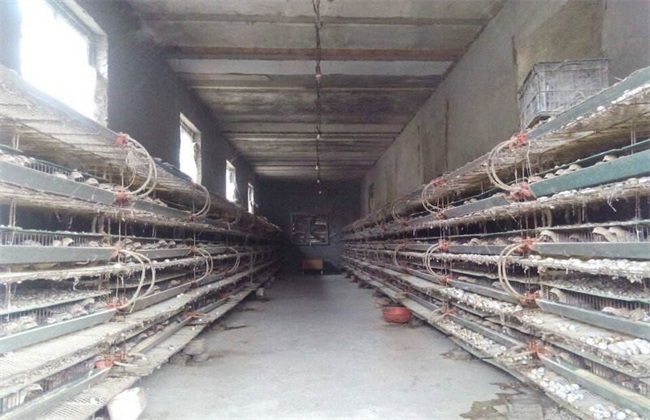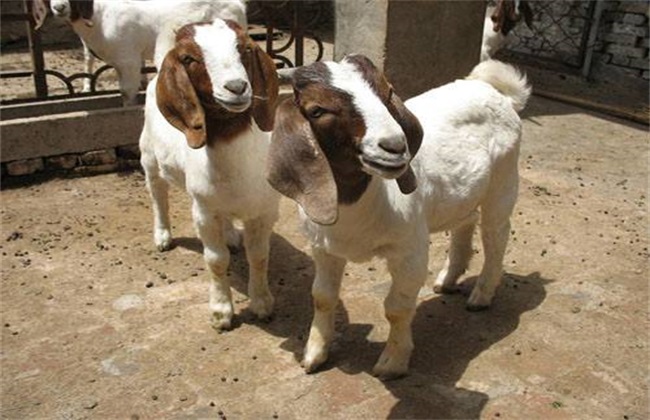Chicken Wings and Legs with Brown Sauce's growing environment
Guifei chicken is a kind of common poultry in our country. Guifei chicken's feathers are very luxuriant, mainly white flower feathers, which has high ornamental value. The meat quality of Guifei chicken is very delicious, combining the advantages of pheasant and native chicken, and has ideal nutritional value. Now in our country's breeding area is relatively large. However, when breeding imperial concubine chickens, it is necessary to control the breeding environment. So Xiaobian brought you the growth environment of Guifei chicken today. Let's take a look together!

1. Cultivation density
First of all, we have to control the breeding density of Guifei chicken. The breeding density of Guifei chicken is the key factor that directly affects the normal growth of Guifei chicken. We should adjust the breeding density of Guifei chicken reasonably according to the growth time of Guifei chicken. Within 10 days of age, the breeding density can be maintained at about 60 chickens/square meter. 10-20 The density within the day should be reduced to about 30/m2. Finally, in one month, its density should be controlled at about 20/square meter. Finally, the breeding density should be adjusted continuously according to the growth of Guifei chicken.
2. Light control
Light is also very important for the growth of imperial concubine chickens. Especially when the chicken is young, the light demand is very large. Within three days after hatching, the chickens should be dominated by full sunlight. Then on the fourth day to the week, the light duration is maintained at about 22 hours. From the eighth day to one month, the illumination time can be appropriately reduced to about 15 hours. After the last month, you can use natural light instead of artificial light. Finally, we should also control the light intensity according to the growth time of the chicken, for example, in a week, artificial light should be added with 40 watt bulbs. Then gradually reduce the light intensity over time.
3. Humidity adjustment
In breeding Guifei chicken, temperature removal is an indispensable job. If the humidity is too high, it will affect the heat dissipation of the imperial concubine chicken, resulting in a decrease in appetite of the imperial concubine chicken, easy to infect coccidiosis, cholera and other diseases, which will have a great impact on the overall health of the chicken flock. If the humidity is too low, it will cause the water in the chicken, especially the chicken, to evaporate too fast. This leads to poor yolk absorption, reduced feather quality, and undesirable phenomena such as pecking. The right humidity can make the imperial concubine chicken grow normally, appetite is normal and development is good.
4. Temperature management
The temperature requirements of imperial concubine chicken are relatively strict, especially when brooding, which will be greatly affected by the change of room temperature. When brooding, if the temperature is appropriate, then the vitality of the chicks is very large, normal food and water. If the temperature is too low, it will seriously affect the growth of chicks, and in severe cases it will lead to death. Usually in the first three days of hatching, the temperature should be controlled at about 35 degrees Celsius, and then the fourth day will be reduced by about one degree every two days until it stabilizes at about 22 degrees Celsius.
The above is a brief introduction to the growth environment of Guifei chicken. Today's introduction is here, this article is for reference only, I hope to help everyone oh!
Related
- On the eggshell is a badge full of pride. British Poultry Egg Market and Consumer observation
- British study: 72% of Britons are willing to buy native eggs raised by insects
- Guidelines for friendly egg production revised the increase of space in chicken sheds can not be forced to change feathers and lay eggs.
- Risk of delay in customs clearance Australia suspends lobster exports to China
- Pig semen-the Vector of virus Transmission (4)
- Pig semen-the Vector of virus Transmission (3)
- Five common causes of difficult control of classical swine fever in clinic and their countermeasures
- Foot-and-mouth disease is the most effective way to prevent it!
- PED is the number one killer of piglets and has to be guarded against in autumn and winter.
- What is "yellow fat pig"? Have you ever heard the pig collector talk about "yellow fat pig"?



